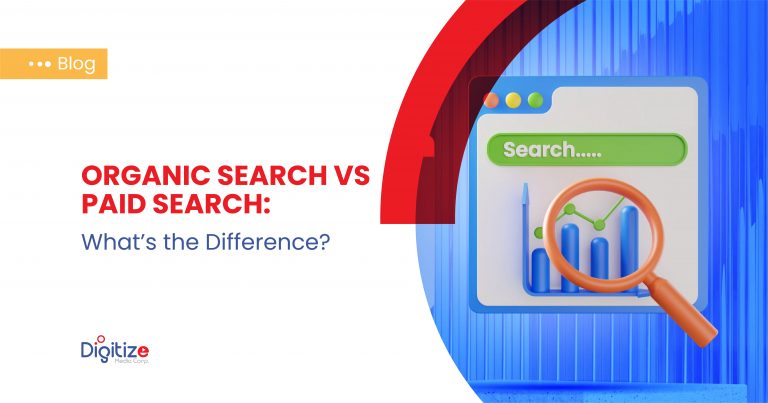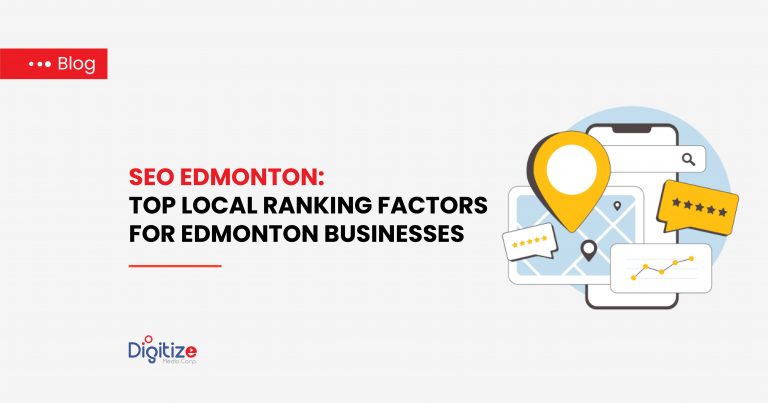Enhanced CDAP Public Sector Services
In the realm of public sector services, the Community Digital Assistance Program (CDAP), particularly in Edmonton, is becoming increasingly instrumental. With a focus on “CDAP public sector” applications, government entities are seeking to leverage CDAP’s potential to revolutionize services like healthcare, transportation, and citizen engagement. This comprehensive article delves into how CDAP is reshaping public sector services, providing examples of digital solutions and highlighting the role of the CDAP Digital Advisor in Edmonton in facilitating this transformation.
CDAP’s Role in Transforming Public Healthcare
CDAP’s role in transforming public healthcare represents a significant shift towards more efficient, accessible, and patient-centric services. This transformation is largely driven by the integration of digital technologies and innovative solutions that CDAP facilitates. Here’s a detailed look at various aspects of this transformation:
- Telehealth Platforms:
- CDAP has been instrumental in introducing telehealth platforms that allow patients to consult with healthcare professionals remotely. This has been particularly beneficial during times when physical access to healthcare facilities is limited, such as during the COVID-19 pandemic.
- These platforms have drastically reduced the need for physical visits, saving time for both patients and healthcare providers. They have also expanded healthcare access to remote and underserved communities, ensuring that more people can receive timely medical advice and treatment.
- Digital Health Records:
- CDAP supports the development and implementation of digital health record systems. These systems replace traditional paper-based records, making patient data more organized, secure, and easily accessible to authorized personnel.
- The transition to digital records streamlines the patient information management process, enhances the accuracy of medical records, and improves the efficiency of healthcare services. It also facilitates better coordination among different healthcare providers, leading to more informed and holistic patient care.
- Mobile Health Applications:
- Through CDAP, a variety of mobile health applications have been developed. These apps offer features like medication reminders, health tracking, and informational resources about diseases and treatments.
- These applications empower patients to take an active role in managing their health. They provide convenient access to health information and tools, contributing to better health awareness and potentially improved health outcomes.
- Data Analytics in Healthcare:
- CDAP promotes the use of data analytics in healthcare. By analyzing large datasets, healthcare providers can identify trends, improve treatment protocols, and make data-driven decisions.
- Data analytics helps in the early detection of diseases, personalized medicine, and predictive analytics for outbreak management. It improves the overall quality of care and helps in resource optimization within healthcare systems.
Advancing Public Transportation with CDAP Solutions
In the transportation sector, CDAP aids in developing smart, connected transportation systems. This includes digital ticketing systems, real-time tracking of public transit, and data analytics for optimizing routes and reducing congestion. Such technologies not only improve operational efficiency but also enhance the commuter experience.
Boosting Citizen Engagement Through Digital Platforms
CDAP plays a pivotal role in enhancing citizen engagement. Digital platforms facilitated by CDAP enable more effective communication between government entities and citizens. These platforms include online portals for service requests, feedback systems, and mobile apps for accessing public services, significantly improving civic participation and transparency.
CDAP in Public Education: A Focus on Remote Learning
CDAP’s contribution to public education, especially in remote learning, has been noteworthy. Digital learning platforms, e-libraries, and virtual classrooms have made education more accessible, especially in remote areas. For more insights into CDAP’s role in remote learning, visit CDAP Remote Learning.
The Impact of CDAP on Public Sector Efficiency
- Enhancing Educational Outreach:
- In education, CDAP’s impact is seen through the implementation of digital learning platforms and remote learning tools. These innovations have made education more accessible, especially in remote or underserved areas. Digital resources have also streamlined administrative tasks for educators, allowing them to devote more time to teaching and student interaction.
- Improving Transportation Systems:
- In the transportation sector, CDAP has facilitated the development of smart transit systems. These systems utilize digital ticketing and real-time tracking of public transit, improving scheduling and reducing delays. The use of data analytics helps in optimizing routes, which can reduce congestion and enhance the overall commuter experience.
- Boosting Government-Citizen Interaction:
- CDAP has significantly improved the interaction between government entities and citizens. Online portals for service requests and feedback, along with mobile apps for accessing public services, have made it easier for citizens to engage with their government. This has not only made public services more accessible but also more responsive to the needs of citizens.
- Operational Cost Reduction:
- By automating processes and transitioning to digital platforms, CDAP has helped public sector organizations reduce operational costs. Digital processes are typically more efficient and less resource-intensive than traditional methods, leading to cost savings.
- Data-Driven Decision Making:
- CDAP has enabled public sector organizations to leverage data analytics for informed decision-making. By analyzing data collected through various digital platforms, public entities can make more strategic decisions about resource allocation, service improvements, and policy formulation.
CDAP as a Catalyst for Public Sector Innovation
The key takeaway is that CDAP is a catalyst for innovation in the public sector, driving significant improvements in healthcare, transportation, and citizen engagement. Its role in integrating digital solutions into public services is not only enhancing operational efficiency but also improving the overall quality of life for citizens.
Charting the Future of Public Services with CDAP
CDAP public sector applications are charting a new course for public services. By embracing digital solutions, the public sector is set to become more efficient, responsive, and citizen-centric. CDAP stands at the forefront of this digital revolution, transforming the way public services are delivered.
Discover the potential of CDAP in transforming public sector services. Join us in exploring innovative digital solutions that are shaping the future of public healthcare, transportation, and citizen engagement.








